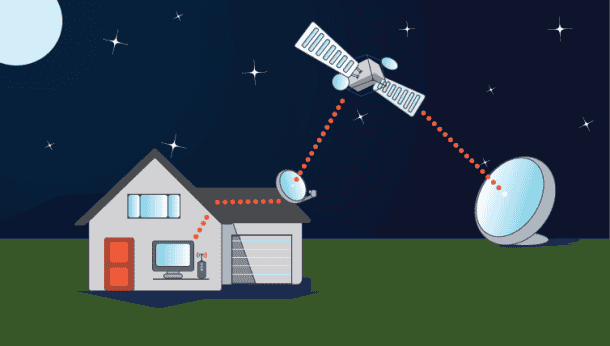In 2015, SpaceX announced a proposal to set a constellation of satellites in orbit around the Earth. Its purpose will be to provide internet access to everyone around the globe. Their plan was to launch over 4000 satellites which will form a network and will transmit anywhere. After the announcement in 2015, FCC also filed in late 2016 and proposed to launch satellites in 2019. SpaceX is ahead of its schedule however and will be launching its first test satellites on Saturday.
Satellite internet does exist currently, SpaceX is planning a little differently. The internet satellites today are flying at geostationary orbits which is 20,000 miles above the Earth. SpaceX will be putting their satellites at around 750-miles only. This is only three times further than the ISS. When the satellites are this close to the earth, connection speeds will be very much faster and bandwidth will be higher. However, the downside of having closer satellites is that SpaceX will be needing a lot of them. It takes few satellites to cover the earth from geostationary orbit but SpaceX will be needing thousands of them to reach the whole world.

Some years ago, this might have been impossible. However, the recent launch of Falcon Heavy and the proof that spacecraft can be reused, putting 4000 satellites in orbit seems to be something that can be done. SpaceX is not the only company which has a plan of global internet network. Boeing, Samsung, OneWeb and other companies also have plans to launch their own satellite constellation in the coming years. SpaceX is capable enough to beat them all. Simply because it has the rockets which are required to take those satellites up in the space.

Two test satellites, Microsat 2a and 2b will be sent into space this Saturday. These satellites will be testing connections with ground stations in Washington, California and Texas. They will also establish connections with mobile vans all over the country. If these tests go well, SpaceX will launch the first of its satellites sometime later in this year. The initial network will include almost 800 satellites and will be covering the whole of the USA. Later on, the company will expand the coverage and will cover the whole world.


